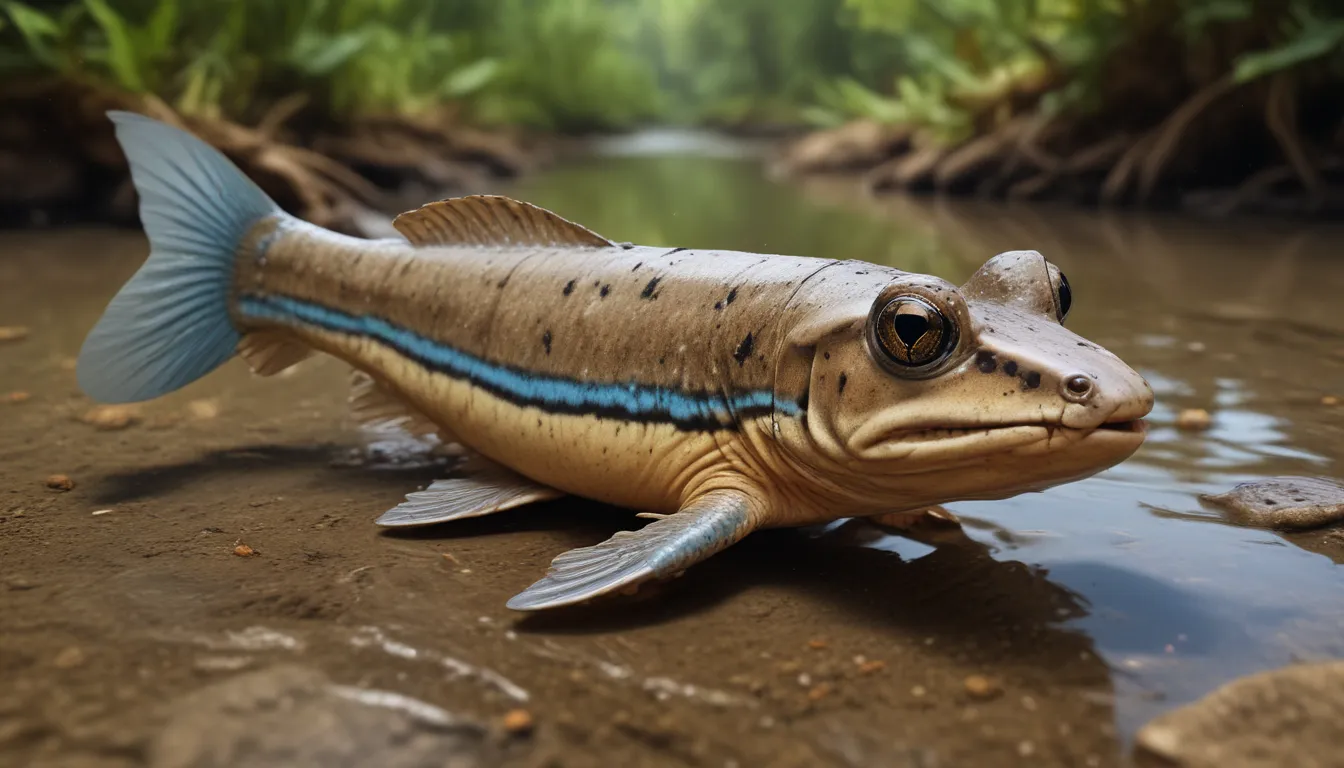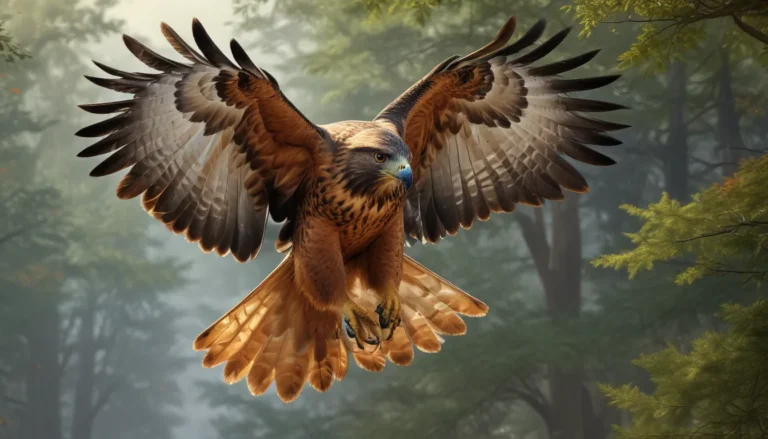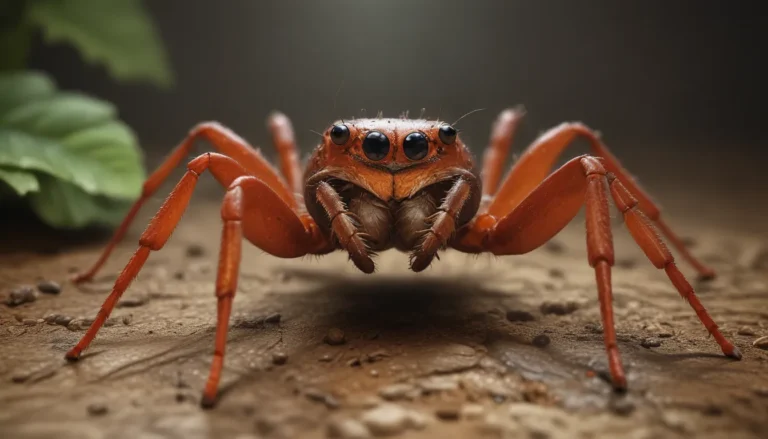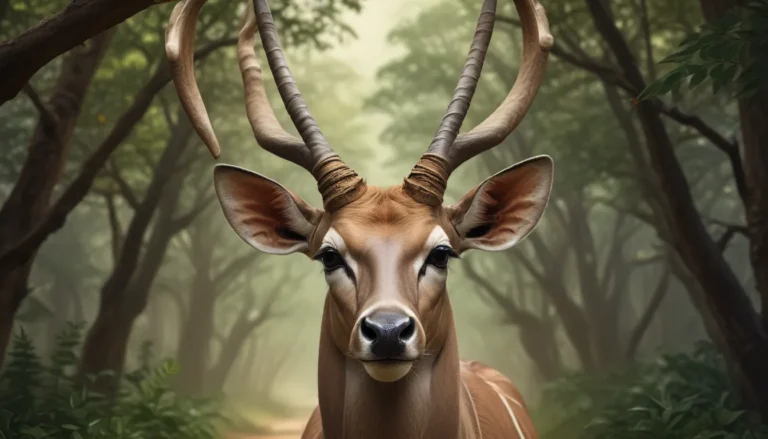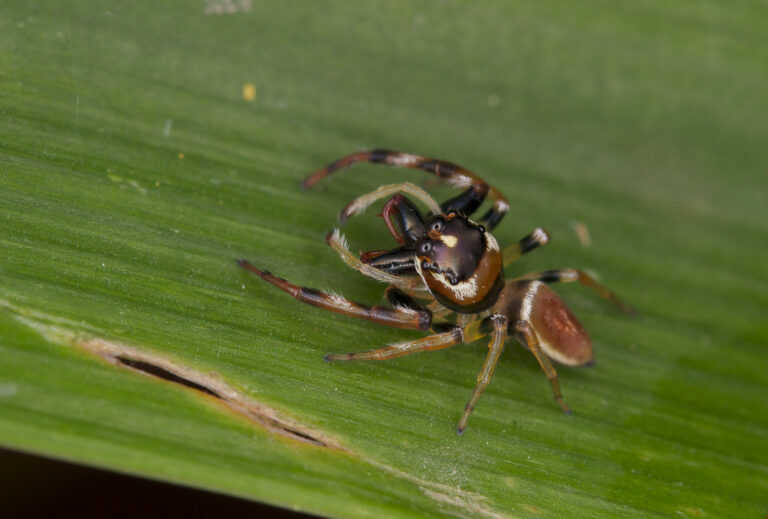The pictures we use in our articles might not show exactly what the words say. We choose these pictures to make you interested in reading more. The pictures work together with the words but don’t take their place. The words still tell you the important facts.
Are you ready to embark on an exciting journey into the fascinating world of mudskippers? These extraordinary creatures are truly unique, with the ability to live both on land and in water. Join us as we uncover 19 incredible facts about mudskippers, from their physical characteristics to their ecological significance.
Key Takeaways:
- Adaptations: Mudskippers are unlike any other fish, with the ability to breathe air and navigate on land like frogs.
- Ecological Importance: These fascinating creatures play a vital role in coastal ecosystems and are protected due to their vulnerability to habitat loss.
- Behavior: From complex courtship rituals to intricate burrowing behaviors, mudskippers exhibit fascinating social interactions.
Natural Habitat
Mudskippers can be found in the intertidal zones of mangrove swamps and mudflats, where they thrive in both aquatic and terrestrial environments.
Adaptation to Land
Unlike traditional fish, mudskippers have evolved special adaptations that allow them to breathe air and survive out of water for extended periods.
Unique Locomotion
Mudskippers use their pectoral fins to "walk" on land in a frog-like manner, propelling themselves forward with ease.
Efficient Oxygen Absorption
Their specialized gills enable mudskippers to absorb oxygen from the air while on land, supporting their survival in challenging environments.
Social Behavior
These creatures are known to live in small social groups, exhibiting territorial behavior and engaging in elaborate courtship displays.
Carnivorous Diet
Mudskippers primarily feed on small invertebrates such as insects, worms, and crustaceans, playing a crucial role in controlling insect populations.
Courtship Rituals
During mating season, male mudskippers perform intricate courtship displays to attract females, showcasing their unique behaviors.
Complex Burrows
Skilled burrowers, mudskippers create elaborate tunnel systems within muddy substrates for shelter and protection, demonstrating their adaptability.
Guarding Nest Sites
Male mudskippers take on the responsibility of guarding the eggs in their burrows, providing protection and support to ensure the offspring's survival.
Rapid Growth Rates
Compared to other fish, mudskippers exhibit accelerated growth rates, allowing them to reach maturity quickly in their dynamic habitats.
Camouflage Abilities
With the ability to change their body coloration to blend in with their surroundings, mudskippers showcase effective camouflage strategies.
Unique Courtship Calls
Male mudskippers produce clicking sounds with their pectoral fins as part of their elaborate courtship behavior, highlighting their communication methods.
Limited Home Range
Mudskippers typically have a small home range within their habitat, rarely venturing far from their burrows due to their specialized needs.
Viviparous Reproduction
In a unique reproductive strategy, mudskippers give birth to live young instead of laying eggs, showcasing their diverse reproductive adaptations.
Environmental Indicator
As indicator species, mudskippers' presence or absence can indicate the health of coastal ecosystems, emphasizing their importance in ecological assessments.
Impressive Leaping Abilities
Mudskippers can leap several times their body length, utilizing their powerful muscles to escape predators or catch prey in their dynamic environments.
Surviving in Extreme Temperatures
Their physiological adaptations enable mudskippers to tolerate a wide range of temperatures and salinity levels, showcasing their resilience in challenging conditions.
Importance in the Ecosystem
Mudskippers play a crucial role in coastal ecosystems by controlling insect populations and serving as a food source for other animals, highlighting their ecological significance.
Protected Species
Due to their vulnerability to habitat loss and degradation, some species of mudskippers are protected, underscoring the importance of conservation efforts to safeguard their populations.
Conclusion
The mudskipper is a truly remarkable creature that showcases the incredible diversity of life on our planet. With their unique adaptations, quirky behaviors, and remarkable ability to thrive in challenging environments, mudskippers are a testament to the wonders of the animal kingdom. Whether you are a nature enthusiast or simply appreciate the marvels of aquatic life, exploring the world of mudskippers is sure to leave you in awe.
FAQs
Q: Where can mudskippers be found?
A: Mudskippers are primarily found in mangrove swamps and intertidal mudflats in coastal areas of Southeast Asia, India, Australia, and some parts of Africa.
Q: How do mudskippers breathe outside of water?
A: Mudskippers have a special adaptation called a labyrinth organ located in their gills that allows them to extract oxygen directly from the air, enabling them to breathe outside of water.
Q: What do mudskippers eat?
A: Mudskippers are omnivorous creatures, consuming algae, insects, crustaceans, and small fish as part of their diet.
Q: How do mudskippers move on land?
A: Mudskippers use a unique form of locomotion known as "skipping," utilizing their pectoral fins and powerful muscles to navigate on land.
Q: Are mudskippers social animals?
A: Yes, mudskippers exhibit social behavior, particularly during the breeding season, where they engage in hierarchical structures and elaborate courtship rituals.
Q: Can mudskippers survive in captivity?
A: While possible to keep mudskippers in captivity, replicating their natural habitat can be challenging. It's often recommended to appreciate them in their natural environments.
Q: Are mudskippers endangered?
A: While not currently listed as endangered, habitat destruction and pollution pose threats to mudskipper populations. Conservation efforts are vital for their long-term survival.
Explore the captivating world of mudskippers and immerse yourself in the wonders of these unique creatures. Their ability to bridge two distinct environments and their remarkable adaptations make mudskippers a true marvel of nature. Celebrate the diversity of life on our planet and embrace the endless wonders that nature has to offer through the fascinating world of mudskippers.
